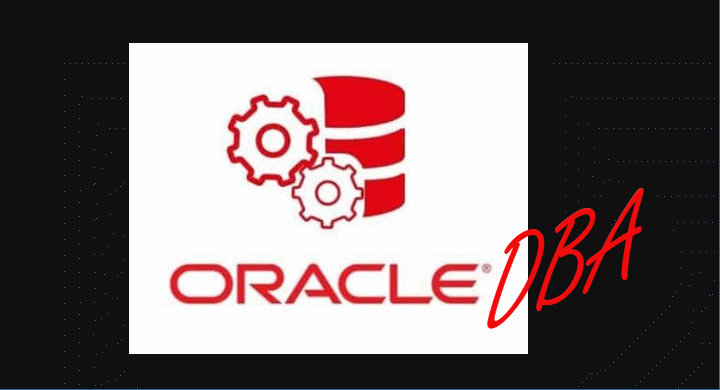MongoDB is enhancing its developer productivity by integrating new generative AI features into several of its tools. These features are now available in MongoDB’s Relational Migrator, Compass, Atlas Charts, and Documentation interface.
Generative AI is a fascinating and rapidly evolving field within artificial intelligence that focuses on creating machines capable of generating content, such as text, images, music, and more, autonomously. Unlike traditional AI systems that rely on predefined rules and data, generative AI models, particularly those based on neural networks, have the remarkable ability to generate creative and novel outputs that mimic human-generated content. These models are trained on vast datasets and can understand patterns, styles, and structures in the data to generate content that often appears remarkably authentic.
One of the most notable developments in generative AI is the emergence of large-scale language models like GPT (Generative Pre-trained Transformer). These models have achieved unprecedented success in natural language processing tasks, enabling them to generate human-like text, answer questions, and even compose articles, poetry, or code. They are often fine-tuned for specific applications, such as chatbots or content generation, demonstrating their versatility.
In addition to text generation, generative AI models have extended their capabilities to other domains. For instance, in computer vision, generative adversarial networks (GANs) have gained prominence for generating realistic images, art, and even deepfake videos. This technology has transformative implications in industries ranging from entertainment and design to healthcare and autonomous vehicles.
Generative AI is not without its challenges and ethical concerns. The potential for misuse, including the creation of fake news, deepfakes, and other deceptive content, raises ethical questions about responsible AI development and deployment. Additionally, ensuring that generative AI aligns with human values and respects privacy is a pressing concern that researchers and policymakers are actively addressing.
Despite these challenges, generative AI holds immense promise. It has the potential to revolutionize content creation, art, entertainment, and various industries by automating tasks, assisting in creative processes, and opening up new possibilities for innovation. As the field continues to advance, it is likely to reshape the way we interact with technology and generate content in the digital age.
In MongoDB’s Documentation interface, an AI-powered chatbot has been introduced to provide developers with answers to their questions about MongoDB’s products and services, as well as troubleshooting support during software development. This chatbot, powered by MongoDB Atlas Vector Search, leverages curated data to provide context-aware responses. It is an open-source project, allowing developers to use the code to build their own chatbots for various applications.
To streamline application modernization, MongoDB has incorporated AI capabilities into its Relational Migrator. This feature can automatically convert SQL queries and stored procedures from legacy applications into MongoDB Query API syntax. This eliminates the need for developers to have prior knowledge of MongoDB syntax.
MongoDB Compass, an interface for querying and analyzing MongoDB data, now includes natural language processing capabilities. It can generate executable MongoDB Query API syntax based on natural language prompts.
Similarly, MongoDB Atlas Charts, a data visualization tool, has received natural language capabilities. This allows developers to create visualizations, graphics, and dashboards within MongoDB Atlas Charts using natural language commands.
These AI-powered enhancements in MongoDB Relational Migrator, MongoDB Compass, and MongoDB Atlas Charts are currently available in preview.
In addition to these updates, MongoDB has introduced MongoDB Atlas for the Edge, a set of capabilities that enables developers to deploy MongoDB at the edge. This allows for real-time data collection and the development of AI-powered applications at edge locations. MongoDB Atlas for the Edge can be run on a variety of infrastructure, including self-managed on-premises servers and edge infrastructure managed by major cloud providers like AWS, Google Cloud, and Microsoft Azure.
Notes about Mongo DB
MongoDB is a popular and widely used NoSQL (Not Only SQL) database management system that falls under the category of document-oriented databases. Unlike traditional relational databases that use tables and rows to store data, MongoDB uses a flexible and schema-less data model based on JSON-like documents.
Here are some key characteristics and features that define MongoDB:
- Document-Oriented: MongoDB stores data in BSON (Binary JSON) documents, which are a flexible and self-contained way to represent and organize data. Each document can have a different structure, allowing for the storage of heterogeneous data.
- Schema Flexibility: MongoDB’s schema is dynamic, meaning that you can insert fields and data into documents without the need to predefine a schema. This flexibility is particularly useful for applications where the data structure evolves over time.
- Scalability: MongoDB is designed for horizontal scalability. You can distribute data across multiple servers and scale out easily to handle large volumes of data and high traffic loads. This is crucial for modern, data-intensive applications.
- High Performance: MongoDB offers high performance for read and write operations. It can take advantage of hardware resources and optimize query execution through various indexing strategies.
- Rich Query Language: MongoDB provides a powerful query language for querying and manipulating data. It supports a wide range of queries, including geospatial queries, text search, and aggregation.
- Aggregation Framework: MongoDB’s aggregation framework allows you to perform complex data transformations and aggregations directly within the database, reducing the need for extensive client-side processing.
- Automatic Sharding: MongoDB supports automatic data sharding, which makes it easy to distribute data across multiple servers or clusters for horizontal scaling while maintaining data integrity.
- Replication: MongoDB offers built-in replication with automatic failover. This ensures data redundancy and high availability by maintaining multiple copies of data across different servers.
- Community and Enterprise Editions: MongoDB is available in both open-source (Community) and commercial (Enterprise) editions, giving users the flexibility to choose the version that best suits their needs.
- Ecosystem: MongoDB has a vibrant ecosystem with a wide range of drivers and libraries for various programming languages, making it accessible for developers across different tech stacks.
MongoDB is commonly used in web and mobile applications, content management systems, real-time analytics, and IoT (Internet of Things) applications due to its flexibility, scalability, and ease of use. Its ability to handle semi-structured and unstructured data makes it well-suited for modern data-driven applications.





